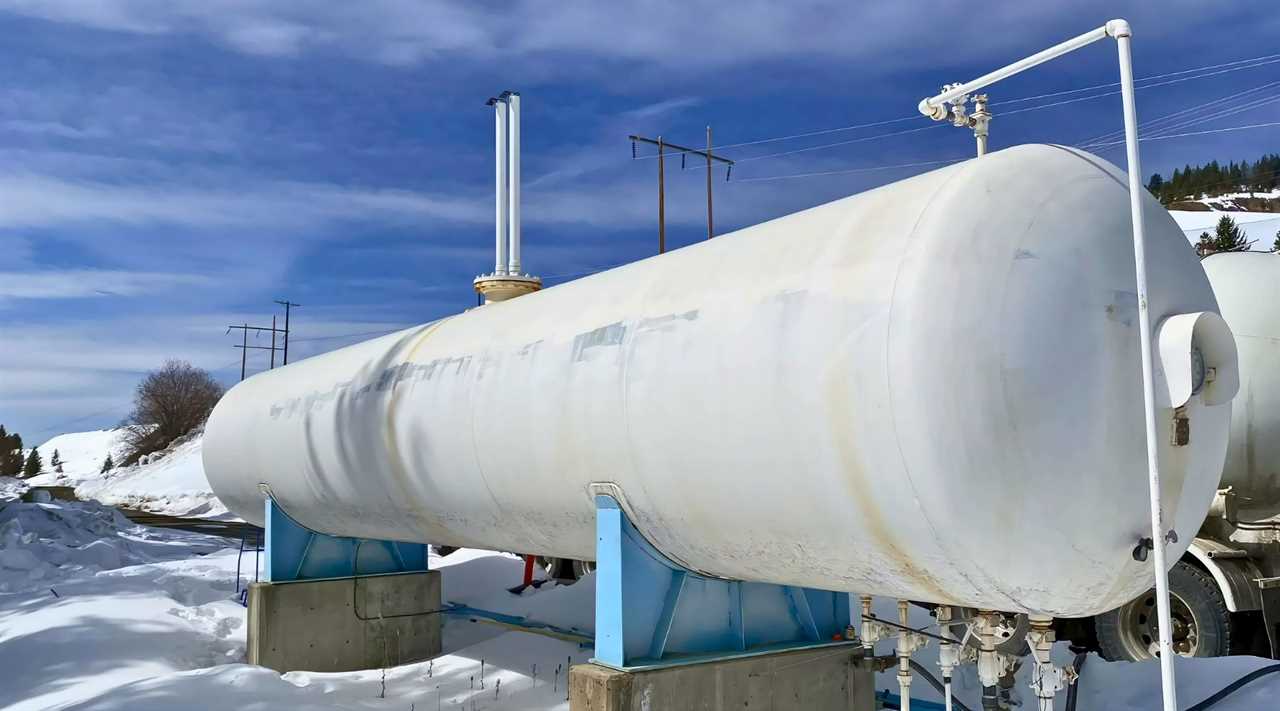In British Columbia, you must inspect your propane storage tanks regularly to verify compliance with regulations and safety standards, including CSA B51 and CSA B149.2. To do this effectively, you can employ three smart methods: visual inspection techniques, which involve thorough examinations for signs of deterioration and rust; pressure testing and analysis, which validate tank integrity using specialized gauges; and electronic monitoring systems, which track tank level data and automate supplier communication. By implementing these methods, you'll improve safety measures and maintain compliance, but there's more to evaluate regarding verifying the integrity of your propane storage tanks.
Listen to the Article Summary
Key Takeaways
• Imagine a small leak in a propane tank, slowly releasing highly flammable gas into the air. The consequences can be devastating. In British Columbia, strict regulations, including CSA B51 and CSA B149.2, are in place to prevent such disasters. Regular inspections are crucial, and ASME tanks must be visually inspected every five years to ensure compliance and public safety.
• Picture a trained and certified inspector meticulously examining the tank, using a standardized checklist to document every detail. They're not just looking for major issues; even minor damage or corrosion can become a major problem if left unchecked. That's why regular maintenance, like replacing rain hoods and preparing tank surfaces, is essential to preventing corrosion and ensuring the tank's integrity.
• Visual inspection techniques, pressure testing, and electronic monitoring systems are the key methods used in propane tank inspections. But what if you're unsure about how to conduct these inspections or need help with maintenance?
• If you're unsure or need help with propane tank inspections or maintenance, contact Tru-Kare Tank & Meter Service for guidance and support.
Importance of Propane Tank Inspection
Every propane storage tank in British Columbia is subject to stringent regulations, and inspections play a vital role in guaranteeing compliance. You need to prioritize regular inspections to manage risks associated with propane storage, as faulty tanks can have devastating environmental impacts and compromise public safety.
To maintain your operating permit, you're required to conduct periodic inspections, which involve evaluating the tank's condition, pressure relief valves, and overall integrity.
Inspections are fundamental for identifying potential issues before they escalate into major incidents. By leveraging advanced inspection technology, you can detect signs of corrosion, damage, or leaks early on, enabling proactive measures to prevent catastrophic failures.
Furthermore, regular inspections help you stay on top of safety protocols, guaranteeing that your propane handling practices align with CSA B51 and CSA B149.2 standards. Effective incident prevention relies heavily on thorough inspections, so it's essential that you're diligent in implementing and maintaining a rigorous inspection schedule for your propane storage tanks.
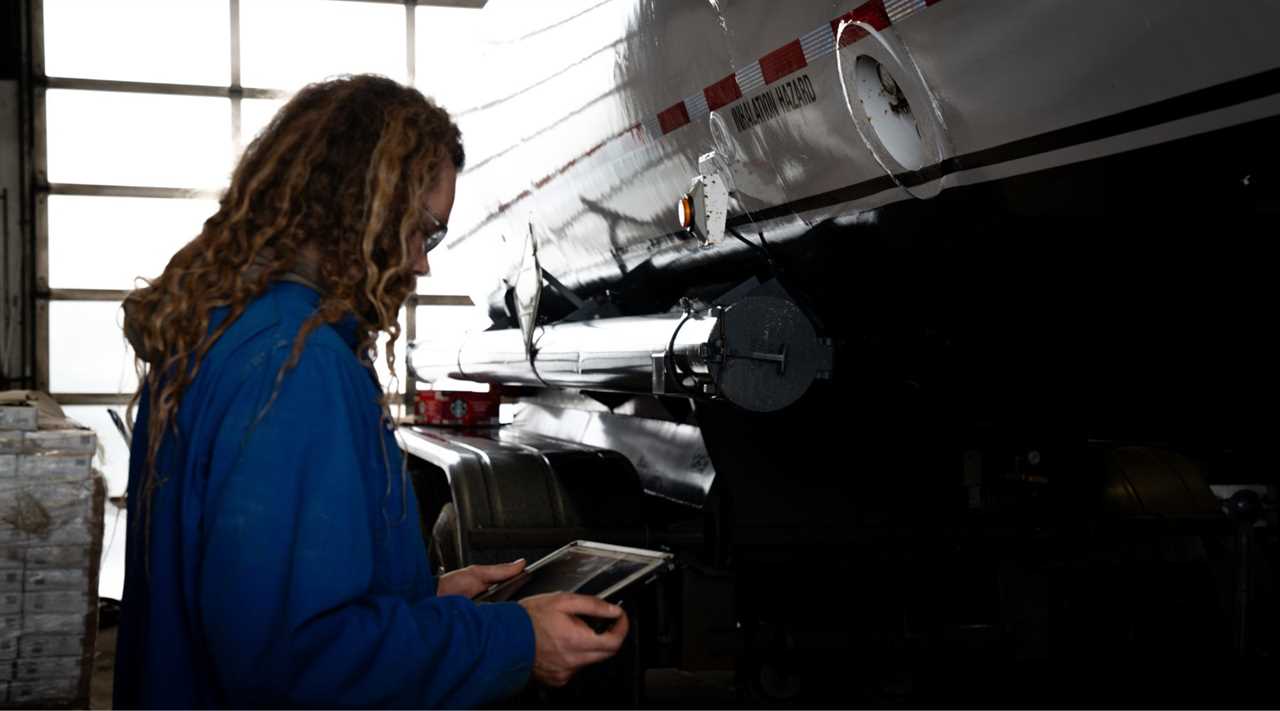
British Columbia Regulatory Requirements
Three key regulatory requirements govern the use and maintenance of propane storage tanks in British Columbia. You must obtain an operating permit for tanks with an internal pressure exceeding 15 psig, as mandated by provincial regulations.
As the owner, you're responsible for guaranteeing compliance with the Safety Standards Act and related regulations, including obtaining the necessary operating permits before use or maintenance.
To verify safety compliance, personnel performing regulated work on propane storage tanks must be trained and certified according to CSA B51, with documentation acceptable to the provincial authority.
You must also adhere to inspection frequency requirements, including visual inspections every five years, to maintain operational integrity, particularly for ASME tanks.
Failure to comply with these regulations can result in legal consequences, including penalties and the requirement to rectify any noted issues by a safety officer.
It's essential to prioritize training regulations and inspection frequency to avoid these repercussions.
Remember, operating permits and safety compliance aren't one-time requirements; they demand ongoing attention and commitment.
Visual Inspection Techniques
When inspecting propane storage tanks, beginning with a thorough visual examination is crucial for identifying signs of deterioration or malfunction. You'll want to check for visible damage, corrosion, or leaks, particularly around valves, fittings, and the tank surface.
This visual inspection provides numerous benefits, including early detection of potential issues and helping maintain records of the tank's condition for regulatory compliance.
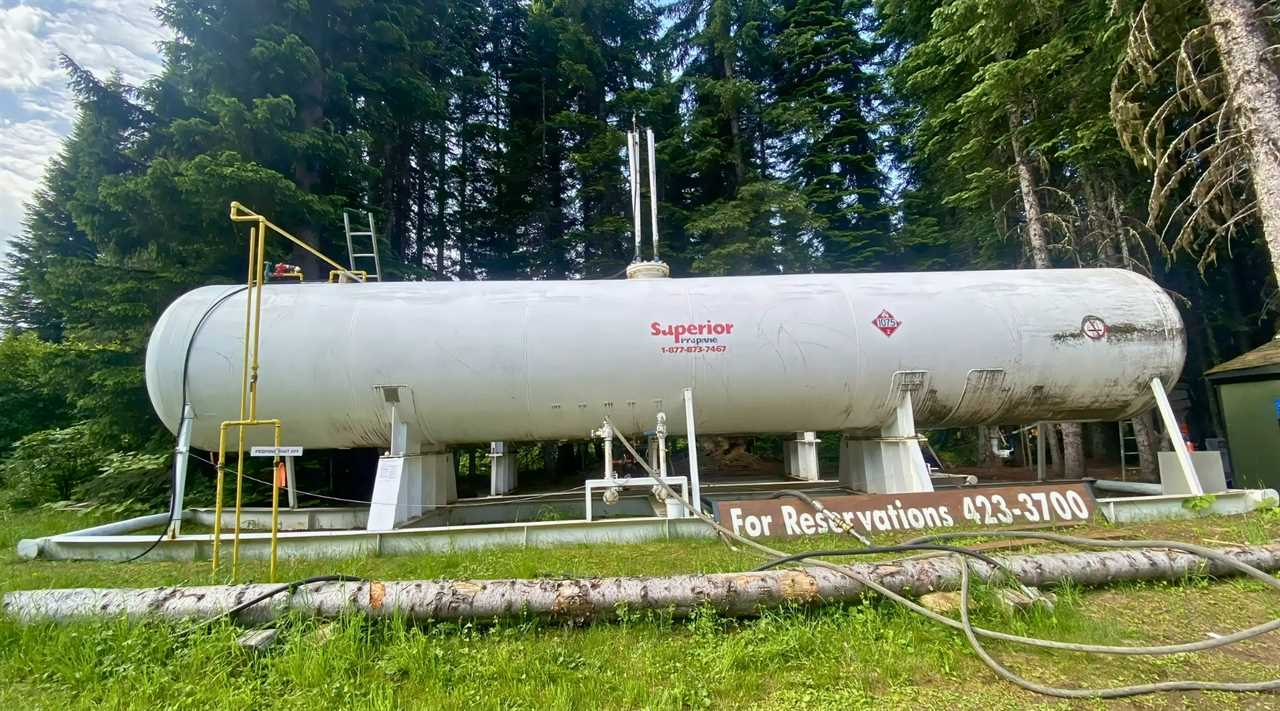
Key Visual Inspection Considerations
- Inspect pressure relief valves (PRVs): Confirm they're free from obstructions and properly seated to prevent overpressure situations.
- Look for signs of corrosion: Check for rust, pitting, or other forms of corrosion that can compromise the tank's integrity.
- Use a standardized checklist: Document findings and track the age and replacement schedules of PRVs to confirm compliance with safety standards.
Pressure Testing and Analysis
Building on the foundation of regular visual inspections, you can further validate the integrity of your propane storage tank by conducting pressure testing and analysis.
This involves using specialized gauges and equipment to accurately measure internal pressures and assess the tank's integrity under various conditions. You'll typically fill the tank with a liquid to a specified pressure level, between 1.5 to 2 times the tank's maximum allowable working pressure, for a set duration to check for leaks.
This is a critical practice to ascertain the tank can safely contain internal pressures during operation, as mandated by regulations such as CSA B51.
Electronic Monitoring Systems
To take your propane storage tank inspection to the next level, consider implementing electronic monitoring systems that employ advanced sensors to provide real-time data on tank levels, allowing for timely refills and preventing overfilling.
By leveraging data analytics, you can optimize your propane usage, streamline deliveries, and reduce costs.
Electronic monitoring systems can automatically communicate with suppliers when propane levels fall below a predefined threshold, guaranteeing you never run out of fuel.
Some systems also offer alerts for temperature fluctuations and potential leaks, allowing you to take prompt action and maintain safety protocols.
With remote monitoring capabilities, you can access tank levels and system performance from anywhere, promoting predictive maintenance and minimizing downtime.
Here are three key benefits of electronic monitoring systems:
- Improved operational efficiency: Automate deliveries and optimize propane usage to reduce costs and improve resource management.
- Heightened safety: Receive real-time alerts for potential leaks and temperature fluctuations to guarantee prompt action and maintain safety protocols.
- Cost savings: Reduce fuel waste, lower delivery costs, and extend equipment lifespan through predictive maintenance and data-driven observations.
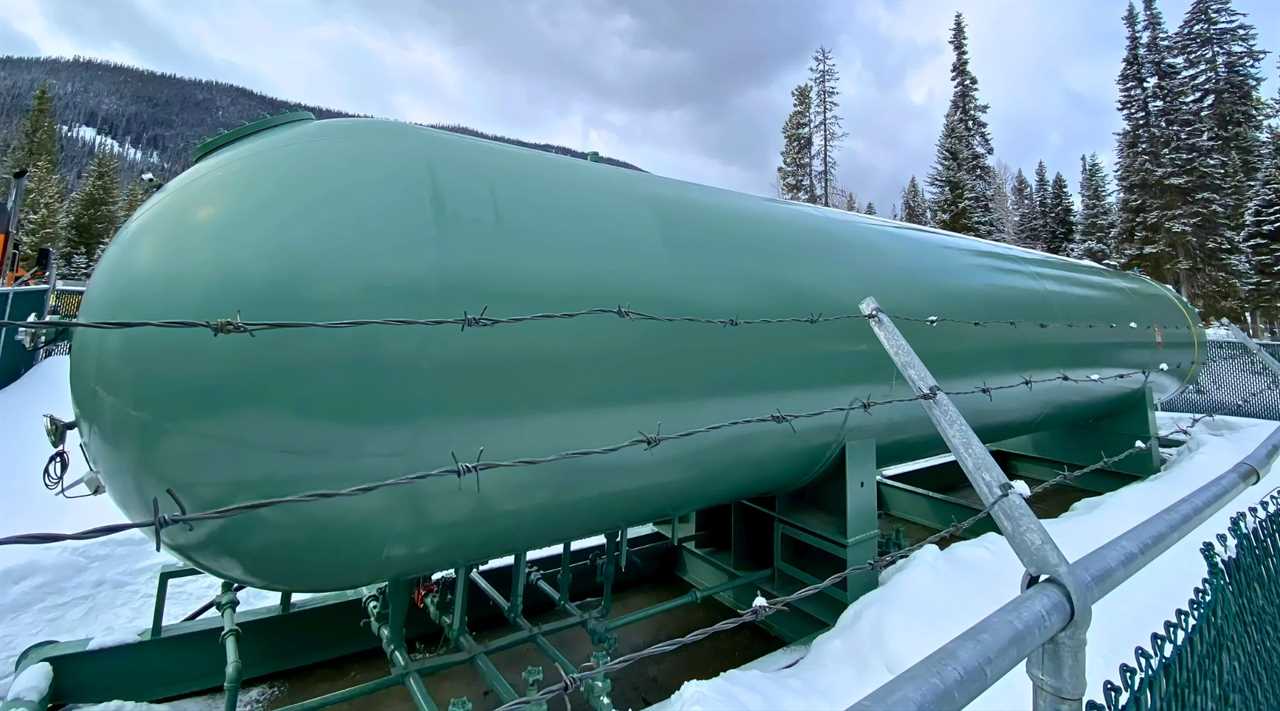
Compliance With ASME Standards
Complying with ASME standards is a vital aspect of propane storage tank inspection, requiring stringent adherence to inspection protocols to guarantee safety and regulatory compliance. You must maintain proper servicing intervals for pressure relief valves (PRVs) and confirm operational functionality at all times.
For tanks with a capacity greater than 2,500 USWG, servicing is mandated every 10 years, with compliance deadlines set for January 1, 2024. This guarantees risk mitigation and adherence to industry impact regulations.
You're also required to perform visual inspections every five years, focusing on identifying potential malfunctioning signs without necessitating the removal of components.
Additionally, maintaining records of all inspections, servicing, and repairs is essential for demonstrating adherence to regulatory requirements and ensuring operational safety. The National Board Inspection Code outlines further inspection criteria for pressure retaining components, ensuring that all actions taken on propane storage tanks meet the expected safety standards laid out by ASME and provincial regulations.
Propane Tank Maintenance Tips
As you implement the rigorous inspection protocols outlined in ASME standards, incorporating routine maintenance tasks into your propane storage tank management program can further optimize operational safety and tank performance.
To guarantee your propane tanks operate efficiently and safely, you must perform regular maintenance tasks.
Propane Tank Maintenance Tasks
- Clear debris around the tank: Regularly clear debris, such as leaves or branches, from around the tank to prevent fire hazards and facilitate proper air circulation.
- Replace rain hoods and perform surface preparation: Replace rain hoods as needed and prepare the tank's surface for painting to prevent corrosion and prolong the tank's service life.
- Stay up-to-date with compliance education: Continuously educate yourself on changes in safety standards and procedures related to propane tank maintenance to guarantee compliance with regulations.
Training for Inspection Personnel
Effective propane storage tank inspections in British Columbia require personnel who possess specialized training and knowledge. You need to complete a provincially approved inspection training program that meets CSA B51 section 13.1 requirements.
Look for certification programs that cover tank and PRV inspection, and confirm the training provider is recognized by the Canadian Propane Association or the Fuels Learning Centre. The training duration will vary depending on the program, but it's crucial to verify the assessment criteria to ensure you're adequately prepared for the inspection tasks.
To maintain your competency, you'll need to take refresher courses on regulatory updates and compliance directives.

When selecting a training provider, consider their proficiency in propane safety and handling. Your training records must be thoroughly documented, including course participation and certifications, and accepted by the provincial safety manager.
Inspection Checklist and Protocols
When inspecting propane storage tanks, your primary goal is to identify potential issues before they escalate into safety hazards. To achieve this, you need a well-structured inspection checklist and protocol in place. By establishing a standardized checklist, you can guarantee that all critical components, including pressure relief valves, are thoroughly examined, and safety compliance is maintained.
Here are three essential components to include in your inspection protocol:
- Pre-inspection checks: Verify that all personnel involved in the inspection have completed a recognized training program and hold current certifications as per CSA B149.2 and the Gas Safety Regulation.
- Visual inspections: Conduct thorough visual checks of the tank, including pressure relief valves, for signs of rust, corrosion, or leaks, and document findings to track compliance and identify necessary repairs or replacements.
- Record keeping: Maintain accurate records of inspection findings, including dates, results, and any actions taken, to guarantee inspection efficiency and facilitate future audits.
Scheduling Regular Inspections
You've established a thorough inspection checklist and protocol to guarantee the safe operation of propane storage tanks in British Columbia.
To maintain continued compliance with safety standards, you must now schedule regular inspections. Determining the ideal inspection frequency is vital, as regulations require visual inspections every five years. To stay on track, consider utilizing scheduling software that sends timely inspection notifications, keeping you ahead of deadlines and potential penalties.
Effective scheduling also relies on contingency planning, which involves identifying potential issues that may impact inspection timing, such as inclement weather or equipment malfunctions.
Regularly checking for regulatory updates is fundamental, as changes to the CSA B149.2 Propane Storage and Handling Code can affect inspection requirements. By staying informed and adapting to any updates, you'll maintain a safe and compliant operation.
By prioritizing scheduling and contingency planning, you'll minimize the risk of incidents, avoid non-compliance issues, and uphold the continued integrity of your propane storage tanks in British Columbia.
Proper scheduling enables prompt repairs and maintenance, reducing incident risk and operational disruptions.
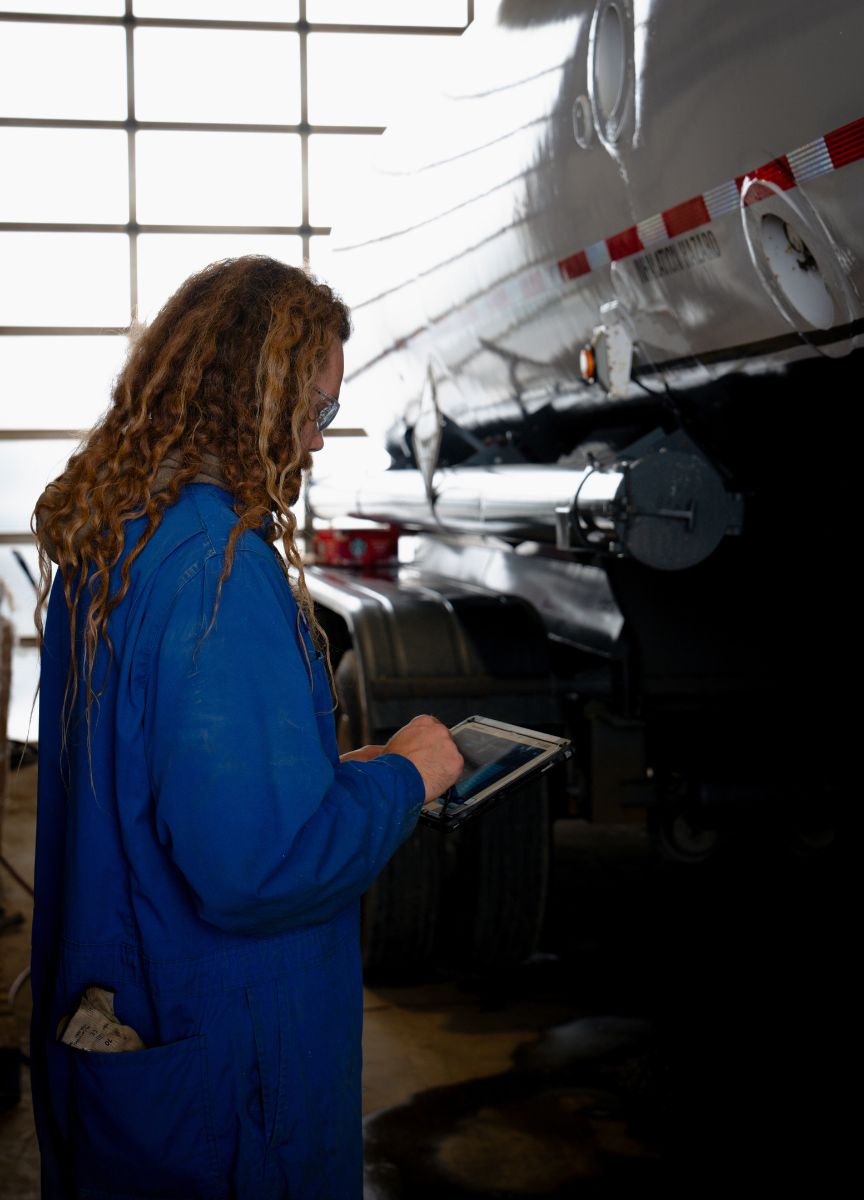
Frequently Asked Questions
What Is the Inspection Code for Storage Tanks?
The inspection code for storage tanks in British Columbia is CSA B149.2 Propane Storage and Handling Code and Gas Safety Regulation.
What Is the Best Way to Check Propane Tank?
Check your propane tank by performing regular visual inspections for signs of rust or leaks, and utilize pressure testing and electronic monitoring systems for leak detection to ensure ideal tank maintenance and compliance with safety regulations.
How to Check Date on Propane Tank in Canada?
To check the date on a propane tank in Canada, locate the stamped date, typically found on the collar or handle. The date should be in the MM/YY format. Checking this date helps ensure safety compliance and adherence to Canadian propane tank regulations.
How Often Do Propane Tanks Need to Be Recertified in Canada?
In Canada, propane tanks require recertification every 5 to 10 years, based on the type and size of the tank, as per propane safety regulations.
Conclusion
Picture a web of pipes, valves, and propane storage tanks working together like a well-oiled machine. You're the mastermind behind this harmony, using cutting-edge inspection methods to detect leaks before they become major problems. With every check, you gather vital information to create a maintenance schedule that keeps your operation running smoothly and safely.
As you stay one step ahead of potential disasters, you can see the risks decreasing and efficiency increasing. It's a feeling of control and confidence that comes from knowing you're doing everything possible to protect your tanks, your team, and the environment.
If you need help bringing this vision to life, consider reaching out to Tru-Kare Tank & Meter Service. By investing in advanced inspection methods, you'll be ensuring a safer, more efficient operation that benefits everyone involved.


